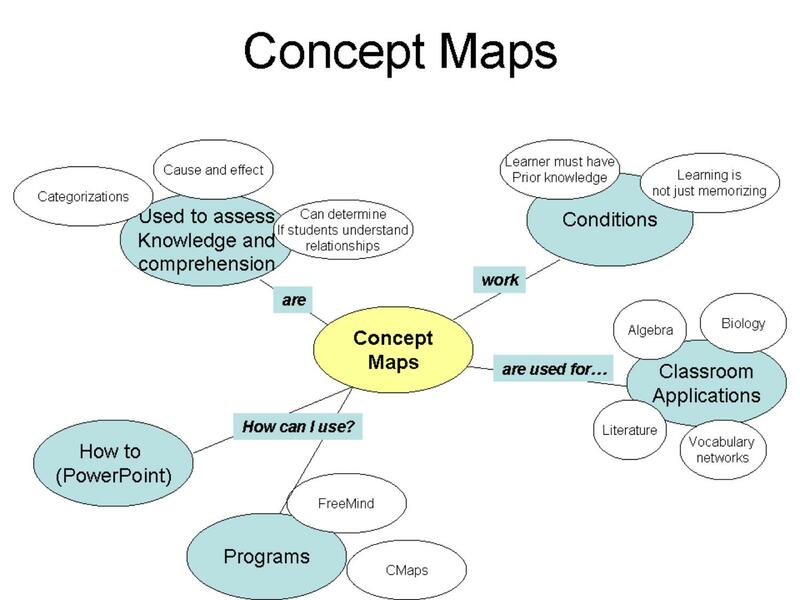e-Learning Ecologies MOOC’s Updates
Concept Map
Introduction
Concept maps are a “Cross-Disciplinary Action Learning Technique” (CALT), that helps the learner to
Manage the concepts and sub-concepts about any topic,
Synthesize information to see a larger picture
Develop higher-order thinking skills and strategies. {1]
The good thing about the concept mapping is that it can be learned, and learning improves the outcome of concept mapping considerably. Another advantage of concept mapping is that once mastered, it allows a learner to quickly look at a Concept map and recall information about a topic.
Examples
A concept map can be further thought of as a diagram that represents a relationship between concepts. It is a graphical tool that Designers, Engineers, Technical Writers, and others use to organize and structure knowledge. A concept map typically represents ideas and information through boxes and circles which connected with labeled arrows. It can be thought of as a visualization of knowledge, that is organized by the relationship between the topics. Some example ideas, well suited for concept map:
- Summary of a book
- between historical events and their fallout.
- Working of Human brain system
- Global warming and ecology
- News Analysis
- Project summary
Origin of the Concept map
Concept maps are based on the Cognitive Psychology proposed by David Paul Ausubel. He believed that understanding concepts, principles, and ideas are achieved through deductive reasoning. Based this J.D. Novak developed the idea of concept map in 1984.{2}. His hypothesis was that “The learning happens with the assimilation of a new concept and propositions in existing concepts” [3]. Studies have demonstrated that concept mapping, improves a student’s ability for critical thinking, and provides better learning outcomes across the discipline.[4]
A major point leading to the confusion here is the difference between the Concept map, the mindmap and the Concept diagram. [5] It is not necessary to have a diagram in concept map, but it is essential in a mind map and concept diagram. The conceptual diagram is further different as tit does not have the requirement of being hierarchical.
Use areas of concept maps in learning
- Studying complex, interdependent topics
- Self-assessment of understanding about the connectedness of a problem
- It can help a clearer and better learner assessment.
- Theoretical answers related to a complex issue, if converted to a concept map, are easier to check for possible anomalies.
Process of concept map implementation.
Process of concept map implementation involves five stages:
- Identify the topic
- Enumerate key features and put them in to boxes or circles.
- Identify the relationship, between these features in cause/ relationship way.
- Grade features and connection in top-down order
- Finalize.
References
Lee W., Chiang C., Liao I. et.al. The longitudinal effect of concept map teaching on critical thinking of nursing students, Nurse Educ Today, Volume 33, 1219-1223
Novak J.D., Gowin D.B. (1984), Learning how to learn, Cambridge UK, Cambridge University Press
Novak J.D., Musonda D.,919910, A twelve-year longitudinal study of Science Concept Learning, American Educational Research Journal, 28(1), 117-153
Harris CM, Zha S,(2014) Concept mapping. A critical thinking technique, 134, 207-211
Eppler M. (2006) A comparison between, Concept maps, Mind maps and Conceptual diagrams, Visual metaphors as complimentary tools for knowledge construction and sharing. Information Visualization, 5, 202-210


